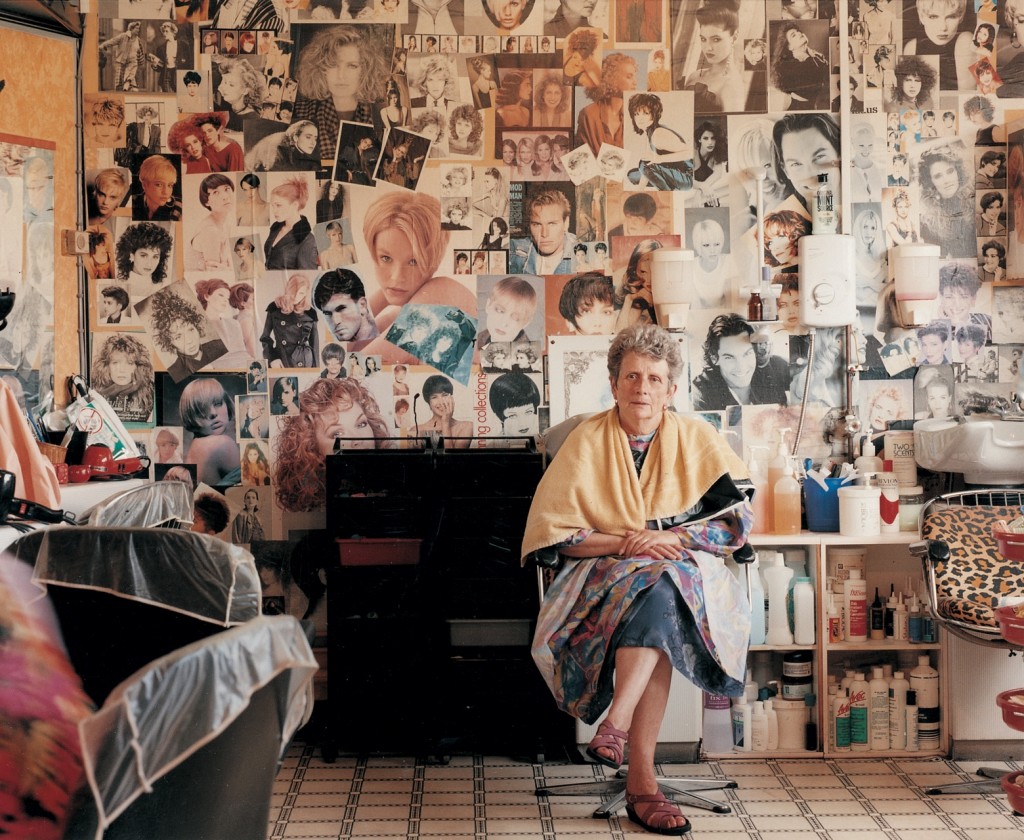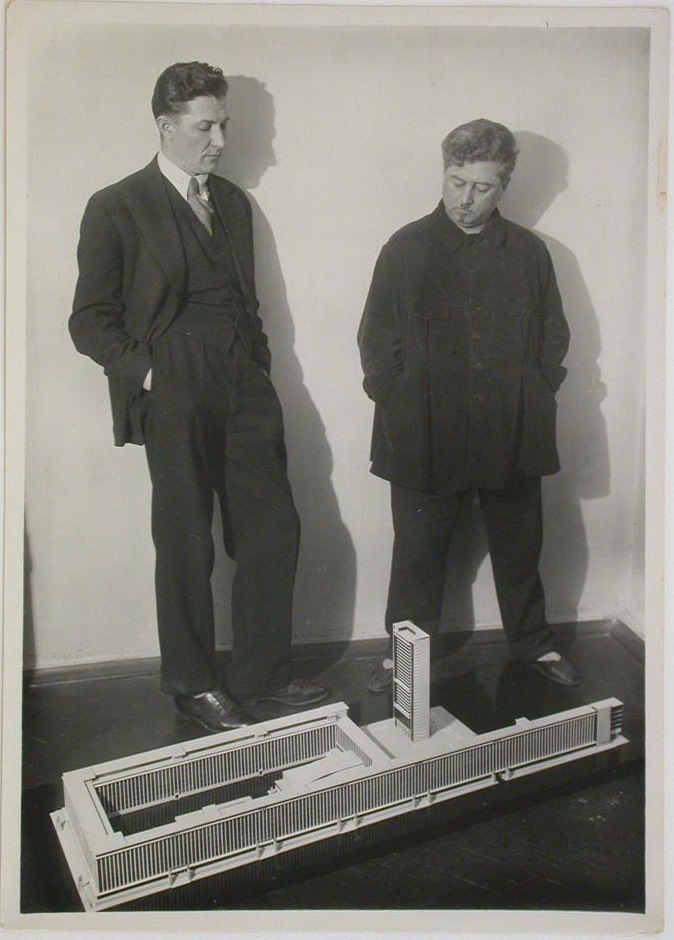 Some Will Pay (For What Others Will Pay To Avoid): Vernacular Typography And The Irreverence Of Popular Culture
Some Will Pay (For What Others Will Pay To Avoid): Vernacular Typography And The Irreverence Of Popular Culture
October 21, 6:00-7:15pm
6 E 16th St
New York, NY 10003
Room 703
INES RAE, Senior Lecturer in Photography, University of Central Lancashire, UK
Inés Rae’s work is exhibition and publication based, using photography and text to explore representation, femininity, consumer culture and the everyday. Recent projects include Kurl up n Dye, an experimental magazine publication incorporating photographs and typography investigating the vernacular in British high street culture. She studied at Brighton Polytechnic, The Art Institute of Chicago and Leeds University. Based in the north of England since 1993 she has shown nationally and internationally including Remote at Imago Lucis, Porto Portugal, Project 10 00 22 Stockholm and A Real Work of Art at Folly Gallery, Lancaster.
 Monumental Snapshots of a Soviet Future
Monumental Snapshots of a Soviet Future
November 18, 6:00-7:15pm
6 E 16th St
New York, NY 10003
Room 1009
JULIET KOSS, Associate Professor and Chair, Department of Art History, Scripps College, Claremont, California
In the 1920s, when construction became a prominent feature of Soviet life and a central cultural metaphor, photography provided evidence of the labor process, representations of the heroes who were building the new nation, and documentation of their extraordinary achievements. Using these same documentary powers, photography could also imbue architectural models with factographic realism; allowing small objects to be imagined at any scale, it legitimized even the most utopian design proposals and created images of the buildings that were to be constructed in the gleaming Soviet future. Photographs of models played with temporality by presenting planned constructions as plausible or already completed. Such images documenting the design process helped build what Alexander Rodchenko in 1928 termed a file of snapshots and revealed The USSR in Construction, to borrow the title of the 1930s Soviet journal. Through sequencing, indecipherable scale, and studied informality, these monumental snapshots formed a vast archive of documentary images and projected the Soviet future in the form of photographic fact.
Juliet Koss (BA Columbia 1990, PhD MIT 2000) is the author of Modernism After Wagner (University of Minnesota Press, 2010), the first critical history of Richard Wagner’s concept of the Gesamtkunstwerk, or ‘total work of art’, and its impact on European modernism. Her essays have appeared in Assemblage, Grey Room, The Art Bulletin, Centropa, Architecture New York, Kritische Berichte, and The South Atlantic Quarterly, as well as in edited volumes in Germany, Great Britain, and the United States. She has received fellowships from the American Association of University Women, the National Endowment for the Humanities, and the Mellon Foundation and held residencies at the Getty Research Institute (1998-2000), the Humboldt-Stiftung (2002-4), the Canadian Centre for Architecture in Montreal (2008), and the American Academy in Berlin (2009). In 2011 she will be the Rudolf Arnheim Visiting Professor, Kunstgeschichtliches Seminar, Humboldt University, Berlin.


























